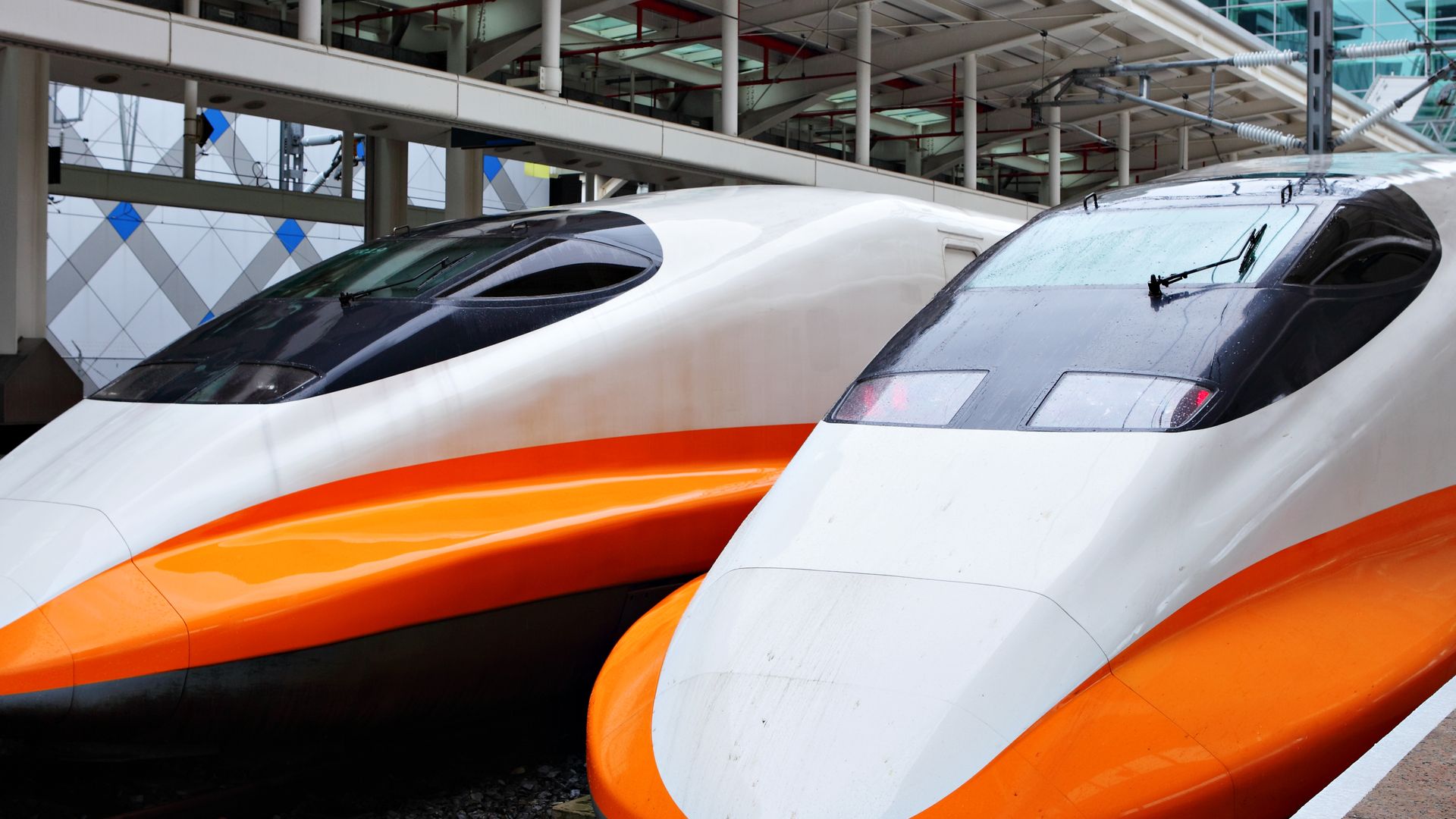
BRENT JABBOUR:
Is a room temperature superconductor without resistance too good to be true?
The Summer of Superconductivity really kicked off in late July after researchers at South Korea’s Quantum energy Research Center and Virginia’s William and Mary released papers announcing they found a material with superconductor like properties along with a video of the compound levitating over a magnet.
The revelation trended on social media as internet scientists, both trained and novice alike, talked about the life changing possibilities with the caveat, “big if true.”
LK-99, as it’s known, is a compound of Copper, Lead, Phosphorus and Oxygen. .
DR. MICHAEL R. NORMAN:
superconductors have two properties. They have zero resistance. So they carry current without any loss. The other thing is they have a tendency to expel magnetic fields. And so the combination of this means that not only can you make wires without current loss, you can use coils of superconductors that make the highest field magnets that we know.
BRENT JABBOUR:
Dr. Michael Norman is the Director of Argonne National Laboratory’s Materials Science Division.
DR. MICHAEL R. NORMAN:
probably the biggest application of superconductors are in MRI machines in hospitals.
BRENT JABBOUR:
Magnetic coils in MRI machines must be cooled to negative 270 degrees celsius using helium. So the function comes at a massive cost of energy.
Beyond improving the efficiency of MRI machines, a room temperature superconductor would open the door to quantum computers.
DR. MICHAEL R. NORMAN:
quantum computer is a type of computer where, so you know, you have your, you know, if you look at your laptop or what have you, right? It works in terms of bits, you know, bits on off is zero one. So what happens in a quantum computer is the bit is a superposition of zero and one.
BRENT JABBOUR:
Put simply, they would offer more computing power than even the most powerful supercomputer.
A more tangible use would be in high speed trains. Maglev trains already exist. In fact, a recent test run in China saw one hit 281 miles per hour, making it the fastest train in the world. They use magnets to levitate the train on a thin cushion of air above the tracks. Again, the immense cost would dwindle at the prospect of a room temperature superconductor like LK-99.
Despite massive promise, the released papers had yet to be peer-reviewed, and even faced accusations of being published by one of the authors without approval of his collaborators.
DR. MICHAEL R. NORMAN:
And so I would guess that the reason the other two authors didn’t want it posted was they didn’t think it was quite there yet. The paper needed to be polished, the data needed to be looked over some more, et cetera.
BRENT JABBOUR:
Now, weeks later, report after report show that no other researcher could replicate the findings.In fact they point out it’s not a superconductor, but an insulator.
And on the video of the levitating compound, a former Harvard researcher was able to replicate the phenomenon by making a pellet of compressed graphite with iron shavings attached to it. Which is far from the promised super conductor.
For those worried they may be getting duped by science, Dr. Norman says claims of these types of breakthroughs aren’t uncommon.
DR. MICHAEL R. NORMAN:
this is one of the roles of scientists. People make outstanding claims and then they’re worth checking out.
BRENT JABBOUR:
If LK-99 had been the room temperature superconductor the world had been waiting for, things wouldn’t have changed like a flip of a switch.
DR. MICHAEL R. NORMAN:
If you look at some of the technology that’s going into the fusion reactor in France, for instance, and into the upgrade of the Large Hadron Collider, those materials were discovered in the 50s. And just now in the last decade of people trying to, make technological applications out of them, and those things are just alloys of niobium and tin, right? This material is far more complicated than that.
BRENT JABBOUR:
Physicists enjoyed a couple weeks of media attention even if LK-99 ended up as a flash in the pan.
DR. MICHAEL R. NORMAN:
And so I think giving attention to the field is good. What we do with materials physics is we try to discover materials that will impact people’s lives. So I think this kind of attention can have a positive aspect to it.






